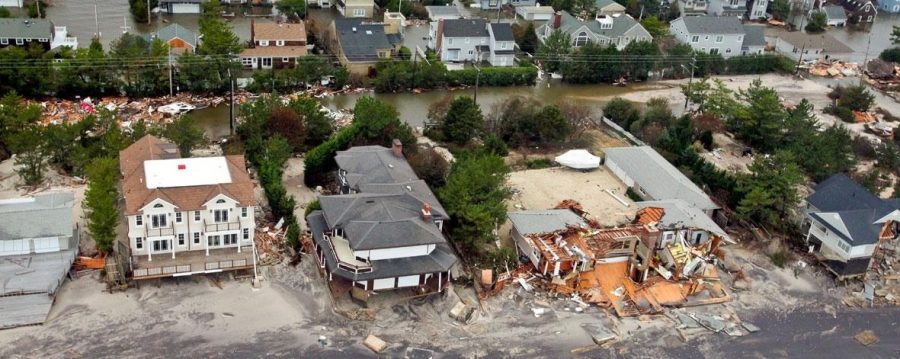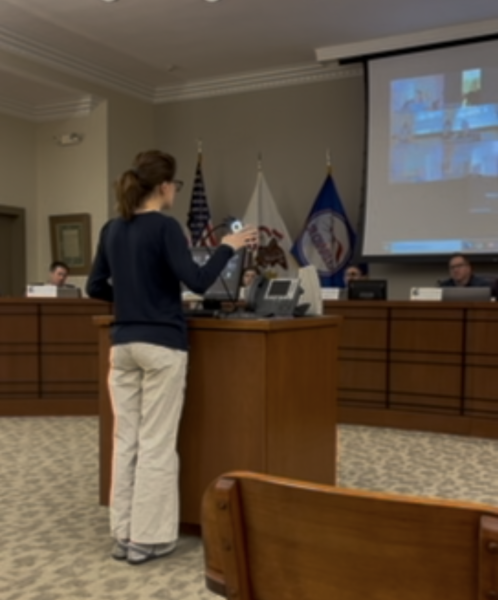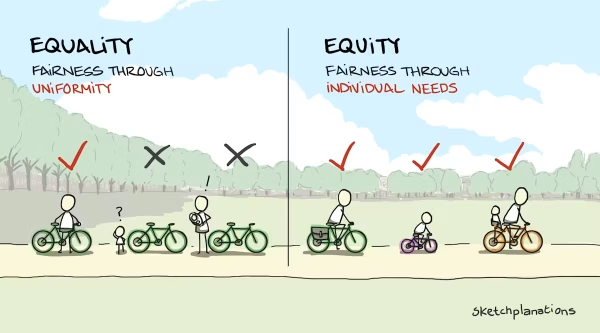Why is the 2020 hurricane season the worst one yet?
And what can we do about it?
As Covid-19 has been building up its threat throughout this year, natural disasters have as well. Both events are going to affect many, if not all, of us for a long time, but there are ways we can make a difference.
Even as the year is nearly coming to an end, 2020 isn’t done breaking records yet. As of the end of hurricane season, there have been 30 named hurricanes, with Hurricane Iota as the 30th. The year 2005 set the previous record of 28 total storms, which 2020 broke. So because of that, it’s predicted that if 2020 ends the same way as 2005 with an additional four storms going into winter, it would bring 2020’s total to an unfathomable 33 storms.
According to The Weather Channel, from 1950 to 2019, there have been 35 total storms occurring in the month of November. In 2020 alone, we are nearing that 35 storm benchmark. Within that same 69-year time span, 10 storms formed in December, and four formed in either January or February. This sparks the possibility of more hurricanes to come despite the official hurricane season ending in late November.
The increase in hurricanes over the years has been due to climate change. Oceans are beginning to warm up with the rising heat of the atmosphere. Hurricanes form from warm moist air from the ocean surface, which rises rapidly towards a zone with low pressure over the warm ocean water. This causes water to be released from the air and creates storm clouds. With the atmosphere heating up, a higher amount of energy is created, which is able to give hurricanes more intensity.
These time graphs show the Atlantic Ocean’s change in temperature alongside the increase of the global proportions of hurricanes by Climate Central. The graphs demonstrate that since 1979, the likelihood of a Category 3 hurricane or higher increased from 20% to 40%. Though there was a quiet period from the 1960s to the mid-1990s, in the early 2000s there was a high jump in activity. Bulletin of the American Meteorological Society agreed that there will be a global increase in tropical cyclones hitting the Category 4 or 5 intensity because of this.
Michael Mann, a climate researcher at Pennsylvania State University, further predicted in The Washington Post that “we’ll end up in the low 30’s [in hurricane count for this year], something that would previously have been considered unimaginable.”
Previously, it was believed that hurricanes just came and left, with a series of long-duration changes in the sea surface temperature from warming to cooling in the North Atlantic Ocean, or Atlantic Multidecadal Oscillation (AMO).
Now, researchers like Mann have started to believe that the huge drop and the immediate rise in Atlantic activity were due to two reasons: increased control on aerosol pollution by the late century, tied in with the increased amounts of the greenhouse gases produced by humans.
With the warmer air extending further inland rather than only in the Atlantic, hurricanes are able to stay intact longer even after landfall. A study published by Nature on November 11 found that hurricanes weakened almost twice as slowly after hitting land during the second half of their study period. In the report, the researchers wrote that “as the world continues to warm, the destructive power of hurricanes will extend progressively farther inland.” Because of this, hurricanes are able to leave more damage over the time they extend inland.
However, the rapid increase in carbon emissions has
been paused for a moment. With millions forced to stay at home in these unprecedented times of a global pandemic, cars stay in garages, air travel is less popular, public buildings sit empty, and construction is slowed down.
Back on May 20, National Geographic stated that daily emissions have dropped about 17% in the first quarter of the year according to research by Nature Climate Change. It should be noted that this 17% drop still isn’t enough to end climate change.
The record concentration of 418 parts per million — “it would only have been just 0.4 per million higher without the virus-driven emissions drop” according to CarbonBrief’s analysis on climate science and policy earlier this May, cited by National Geographic.
With this all in mind, here are three easy and local ways for us to help reduce our carbon footprint, not only help prevent climate change, but also the alarming increase in hurricanes.
One of them is keeping an eye on your food diet. Livestock, meat, and dairy are responsible for “14.5 percent of manmade global greenhouse gas emissions, mainly from feed production and processing and the methane” as published by Earth Institute at Columbia University. Which happens to be 25 times more potent than CO2 at trapping heat in the atmosphere over 100 years.
With every day that you give up meat and dairy products you can potentially reduce your carbon footprint by 8 pounds — that can equate to 2,920 pounds a year. This is why eating fruits, vegetables, grains, and beans are a more energy-efficient alternative to livestock.
Another local way is changing the actions you do with your clothing. According to the Earth Institute at Columbia University, “the average American discards about 80 pounds of clothing each year”. Also, 85 percent of these clothes are sent to landfills and can later produce methane as they decompose. You could also wash your clothing in cold water rather than warm or hot water. This can save up to 500 pounds of carbon dioxide each year.
The final easy way to curb your carbon footprint is to unplug your unused devices. Especially when your phone is fully charged, as it’s very common to forget to unplug it. As long your phone is still plugged in, it will keep drawing power from the charger in order to stay at 100 percent. According to the Huffington Post, the U.S. alone “is responsible for draining up to $19 billion in energy every year.” By unplugging these unused devices, you’re able to use less energy to avoid greenhouse gas emissions “equivalent to 33 million cars and has saved nearly $18 billion on utility bills,” according to Energy Star in 2010.
Although climate change can’t be resolved in an instant, even the smallest efforts to help reduce climate change is a huge step forward. A huge step forward that not only reduces global warming, but to reduce the destruction of hurricanes.

Chloe is now in her fourth year on the X-ray staff. She likes to write news stories. She also likes to draw. She was planning to compete in the editorial...






